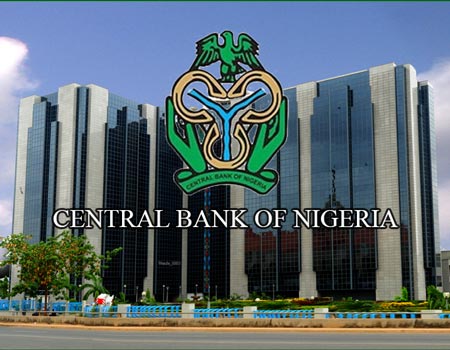Banks credit to the government rose by N11.75tn in one year, figures obtained from the Central Bank of Nigeria have revealed.
The CBN disclosed in its ‘Money and credit statistics’ report that the credit rose from N14.9tn as of the end of January 2022 to N26.65tn in the corresponding period of 2023.
According to reports released by the CBN at the last Monetary Policy Committee meeting in January, a member of the committee, Aliyu Sanusi, said in his personal statement that the key drivers of the Net Domestic Asset was net claims on government which grew by 78.15 per cent in December 2022.
This in turn was driven by FGN’s borrowing from the Central Bank of Nigeria.
He said, “Developments in the monetary sector show that broad money (M3) growth increased to 17.72 per cent in December 2022 compared to 16.29 in November 2022, and has continued to be above the benchmark of 15.21 per cent for the year 2022. This increase was driven by Net Domestic Asset, which grew by 36.46 per cent (year-to-date) in December 2022.
“The key drivers of the NDA was net claims on government which grew by 78.15 per cent (y-t-d) in December 2022, which in turn was driven by FGN’s borrowing from the central bank (93.21 per cent), commercial banks (44.26 per cent) and non-interest banks (79.13 per cent).
“This suggests that monetary and fiscal factors have continued to play an important role in the current inflationary processes. Staff forecasts showed that headline inflation would increase from 21.09 per cent in October 2022 to 21.29 per cent in November 2022.”
A member of the MPC, Edward Adamu, said, “The outlook for fiscal policy remains inclement. The envisaged deficit in 2023 is large and may be financed in part by the banking system.
“As at end November 2022, banking system net claim on government had grown by about 63.58 per cent relative to end-2021. Fiscal 2023 could see a more rapid growth in the aggregate unless financing conditions in the domestic economy tighten. Ultimately, government revenue must improve to complement monetary policy towards reining-in inflation.”
He added that up to November 2022, key monetary aggregates grew in excess of their programmed levels by significant margins.
A key money market rate, the open buy back, trended downwards in December pointing also to a surfeit of liquidity in the banking system, he said.
According to him, “Although today’s inflation is not entirely driven by money, elevated liquidity levels could undoubtedly exacerbate it; hence the need to deploy measures to bring it under control.
“This is especially important in view of the uptick in political activities and campaign spending towards the general elections scheduled to take place in the first quarter of 2023.”
SOURCE: THE PUNCH


